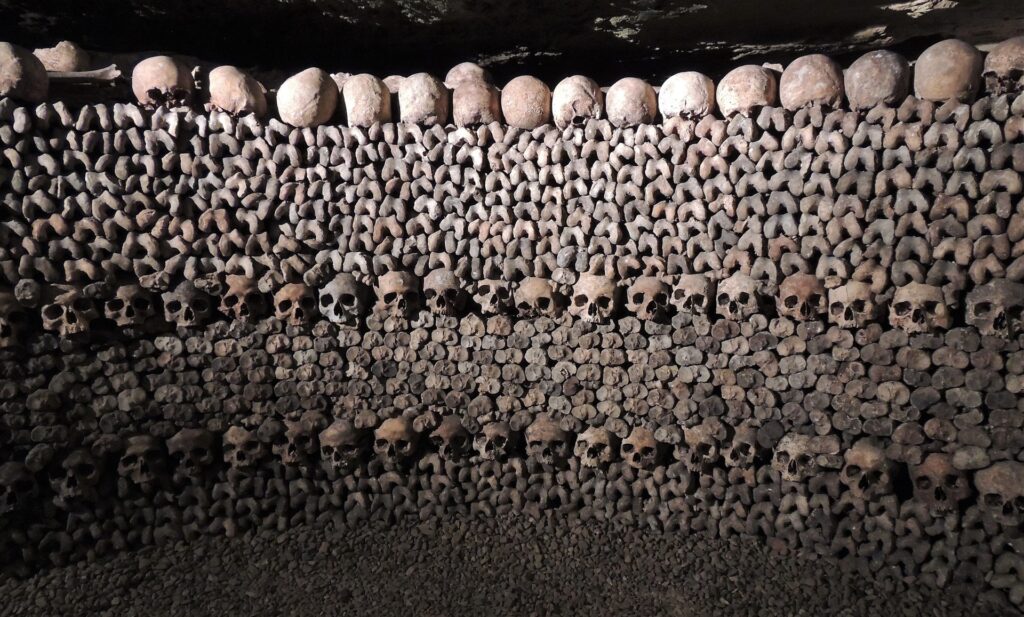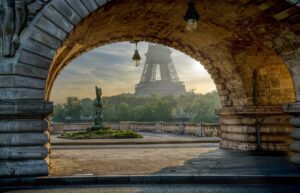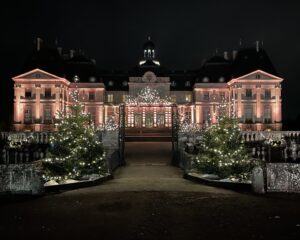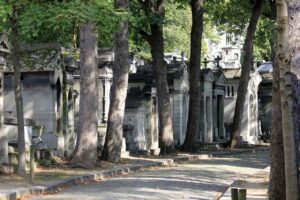Our tour of the arrondissements continues this week as we make our way across the left bank and into the 14e. This lively district was once the social centre of Paris; the place where the artistic elite of the city would gather to eat, drink, and be merry. Today, the 14e tends to stay off most visitors’ radar, often overshadowed by its much flashier neighbour to the north, the 6e. But the 14e arrondissement is an incredible district, filled with history, art, and science, and it is well worth a visit. So let’s dive in!
Welcome to Montparnasse
When people think of the artistic history of Paris, Montmartre is often the first neighbourhood that springs to mind. Montmartre was where the artists of the Belle Epoque made their home, and for decades, it was the playground of luminaries such as Renoir, Degas, Matisse, Toulouse-Lautrec, Van Gogh, and Valadon, just to name a few. However, in the roaring 20s, Montmartre was abandoned in favour of Montparnasse. Artists like Hemingway, Joyce, the Fitzgeralds, Picasso, Zadkine, Cocteau, Dali, Beckett, and Pound turned the 14e into the thriving centre of creative and intellectual life in Paris. Boulevard Montparnasse became its new stomping ground, and cafes and restaurants would rent their tables for hours at a time to impoverished artists. The works created at those tables went on to make artistic history.
Today, many of these cafes are still in operation, and you can dine at places like Le Dôme, La Closerie des Lilas, La Rotonde, Le Select, and La Coupole, and imagine you are part of Les Années Folles, the crazy years of the interwar period. You can also visit many of the artists who made this neighbourhood famous in the beautiful Montparnasse Cemetery. This is where you will find the graves of Samuel Beckett, Simone de Beauvoir, Jean-Paul Sartre, and Edgar Quinet. Montparnasse may not be the centre of social life in Paris like it used to be. However, it is still a wonderful place to learn about the history of the Lost Generation of artists who made their mark on this city.
A Home of Science, Art, and History
The 14e is named Observatoire after the Paris Observatory, the oldest observatory in the world still in operation. It was founded in 1667 by King Louis XIV, and today, it is the foremost astronomical institution in France. Unfortunately, visits to this incredible building are currently suspended for renovation works. However, once they reopen, you’d better believe I will be first in line for a tour.
In the meantime, I will indulge myself in the art and history museums of the 14e. The most famous is the Fondation Cartier, which opened in 1984 as a museum of contemporary art. Its exhibitions are always a highlight of the artistic season, and they feature a wonderful mix of established and up and coming artists. My other favourite is the Liberation of Paris General Leclerc Jean Moulin Museum. Which is a very long name for a fantastic museum. In my opinion, this is the best place in Paris to learn about the city’s occupation under the Nazis during World War II, as well as its liberation in August of 1944.
Life Above Ground or Below
The most visited site in the 14e arrondissement is the Paris Catacombs. There are hundreds of kilometres of tunnels underneath Paris, which altogether hold the remains of over six million people. But only a small section of the Catacombs is open to the public to visit. The entrance is located in the 14e, and the line often stretches around the block. If you plan on visiting this subterranean burial ground, I highly recommend booking your tickets well in advance.
However, if descending 131 steps underground to walk among the bones of former Parisians is not on your bucket list, the 14e has you covered as well. The beautiful Parc Montsouris is located in the southeast corner of the 14e, and it is a favourite among locals for its jogging trails, picnicking spots, and variety of vegetation. It is also home to the Montsouris reservoir, which holds fully a third of the drinking water in Paris. And if you’re looking for something truly off the beaten path, be sure to check out the Jardin des Colonnes, otherwise known as Place de Seoul. This small garden is surrounded by tall columns of glass, and it is completely unlike the usual Haussmann architecture of Paris.
Hidden Gems
Paroisse Notre-Dame-du-Travail – A traditionally working class church with a beautifully unusual interior made from iron and steel. Built to celebrate the dignity of all workers.
Medici Aqueduct – What looks like an abandoned shed is actually part of a still-functioning aqueduct that dates back to 1613.
Place Denfert-Rochereau – A ridiculous intersection of three places and eight major roads that is often gridlocked with traffic as a result. The lion statue in the centre was sculpted by Auguste Bartholdi, the artist behind the Statue of Liberty, and the lion’s head is pointed in the direction of its more famous cousin.
Rue Daguerre – A foodie’s paradise of shops, restaurants, cafes, and specialty grocers.
Want to read more about the arrondissements of Paris? Click HERE.
Laura Moore is a professional storyteller who loves history and the many stories that make Paris one of the most fascinating cities in the world. Join one of her signature tours to learn the story of a city.




